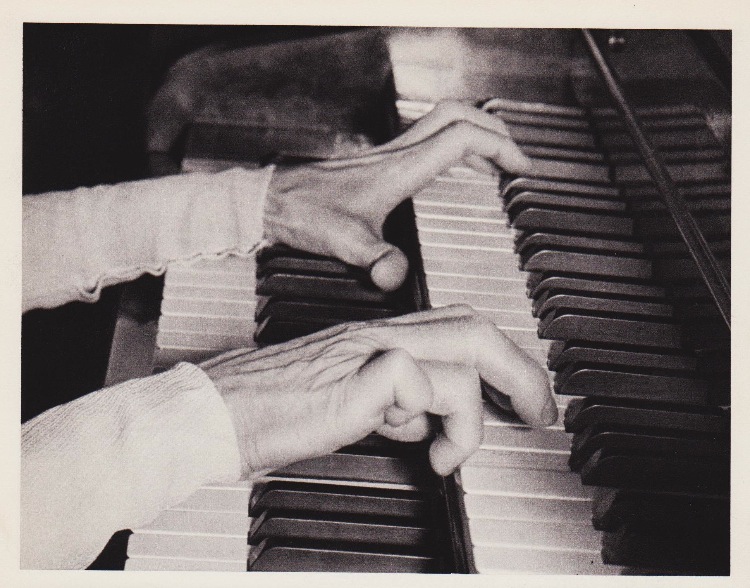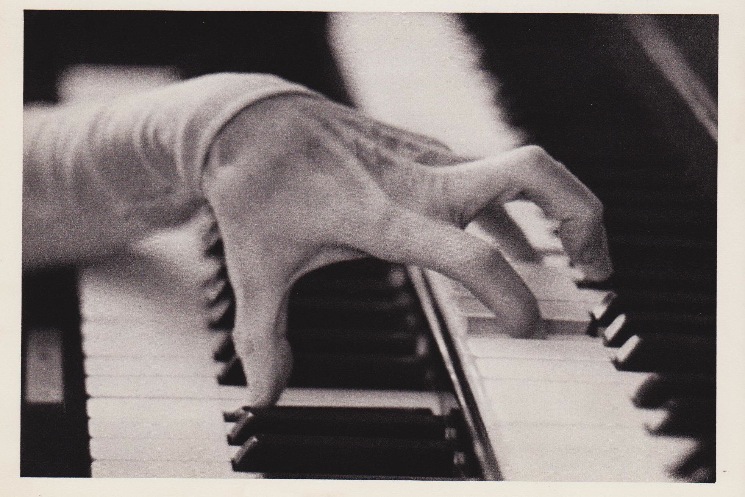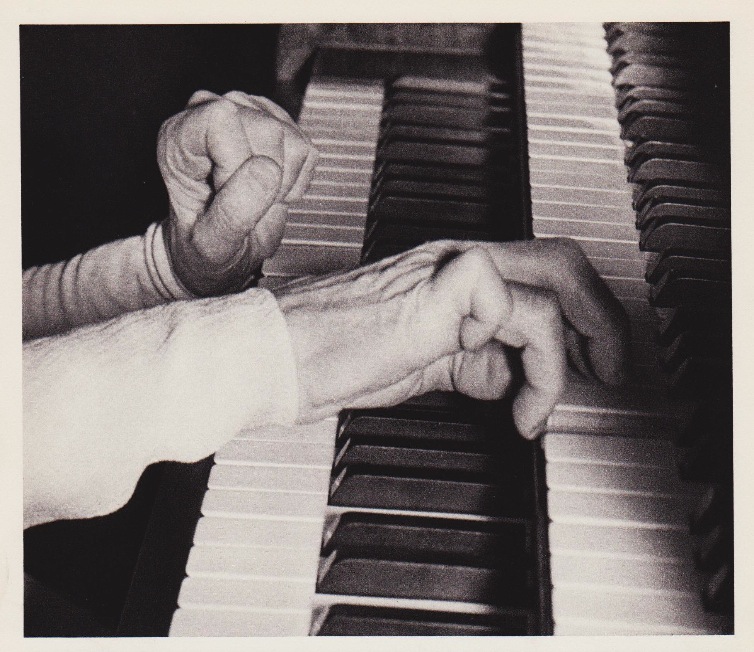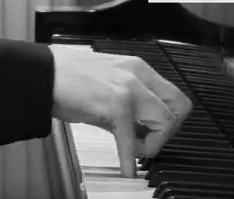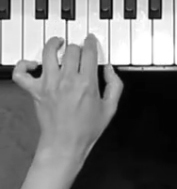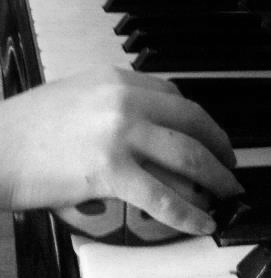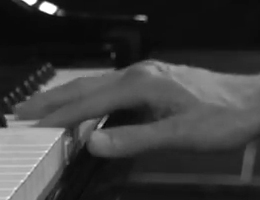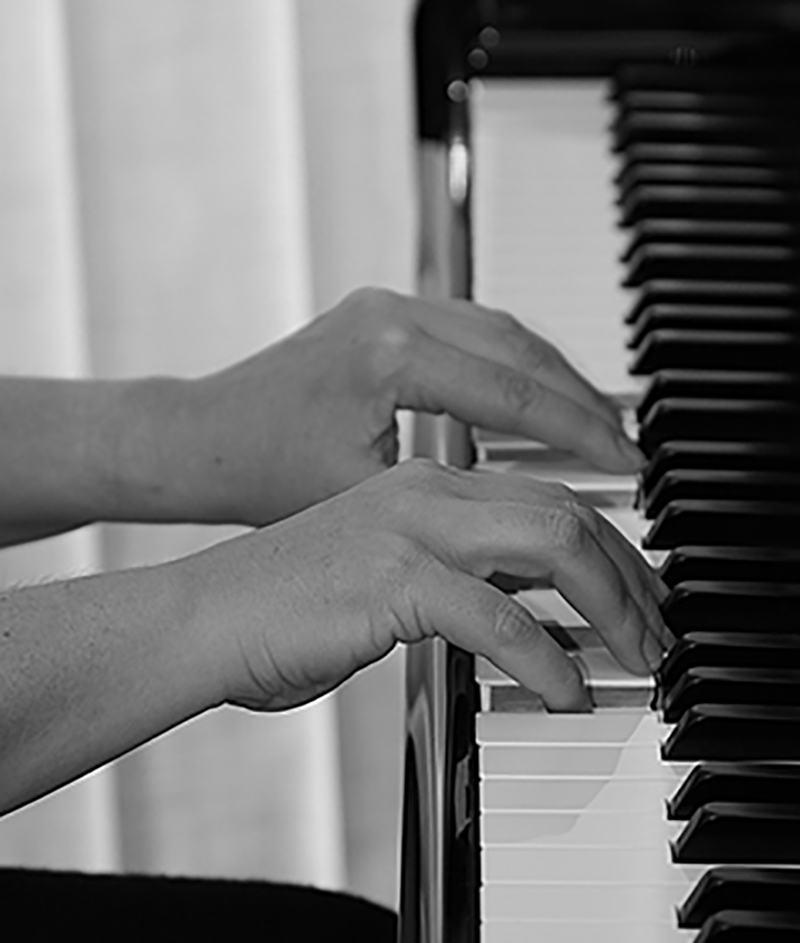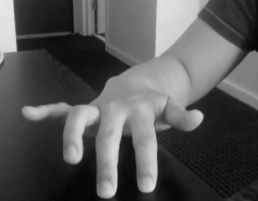The Traps of our Piano Technique Heritage
Progress?
In recent years we have seen progress in several areas of piano pedagogy.
But piano technique training has not progressed over the years. The same old myths and philosophies still persist—strong arch, strong curved fingers, independent fingers, and arm weight.
And injuries in our field are at an all-time high. And colorless, soulless playing is most often what we hear.
Why? Because of these pervasive myths and philosophies.
History—Wanda Landowska with Focal Dystonia
Note the claw-like hand with uncontrollable curling, clenching, and extension.
Today—similar training still exists
With resulting focal dystonia in a 26-year-old performer.
Photo below. Click this link to watch the video https://www.facebook.com/watch/?v=10155785586059260
Hand Positions to Avoid
The following hand positions inhibit the ability to develop a vast palette of color in one’s playing, regardless of age or experience.
Old Rules
Gravity
Relaxation
Arm Weight
Free Fall
Resting Down
Strong Arch
Strong Fingers
Curled Fingers
Extended Fingers
Finger Independence
Finger Exercises
Firm Fingertips
Slow Practice Drills
Wrist Circles
Rotation "from" the Forearm
Reese Piano Technique
Overcomes Gravity
Uses the entire body: the back, the torso, feet, legs, glutes, arms, freely moving fingers.
Suspension, not relaxation
Arm and body action, no arm weight
Flexible palm, no "strong arch"
Back muscles move the upper arm which places each playing finger into its momentary "posture".
Fingers can be put into key by arm and palm
Fingers can be "played" by the key
Fingers can lift, then drop. No pushing.
Fingers actively release forward, not up and curled.
Rotation: Humerus swivels (with proper use of back muscles) and rotates the forearm.
Old hand position rules above have resulted in a record number of injured pianists, as well as pianists at every level who struggle with tension and fatigue.
Reese Piano Technique training enables pianists of every level to play without strain, fatigue, or injury, and provides a vast palette of sound and color at the pianist’s fingertips for singing tone and expressivity.
